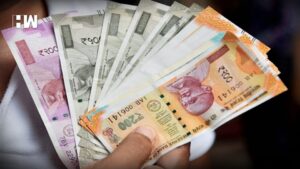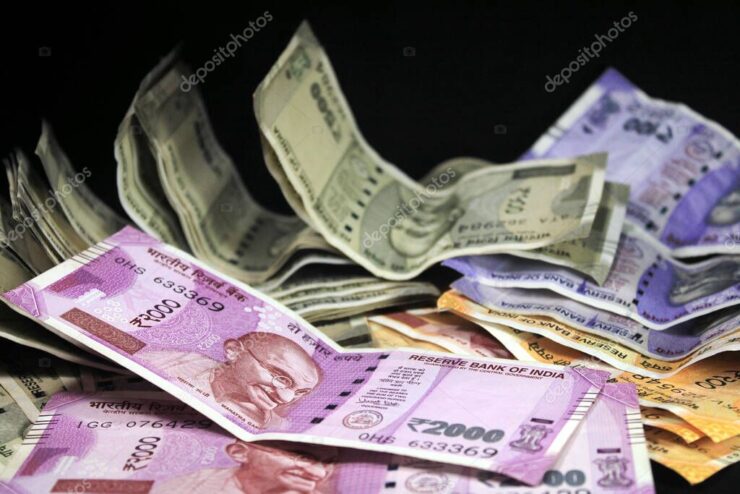The Reserve Bank of India’s latest statistics of household savings and debt paint a dismal picture
How badly has Covid 19 hit Indian household finances? The Reserve Bank of India’s (RBI’s) household savings and debt trends give a good insight. These data sets come with a lag and we do not have data for the impact of the second wave yet, but even the statistics revealed so far paint a fairly grim picture.
The RBI’s June 2021 bulletin and subsequent papers give a clear idea about how household savings patterns were altered by the pandemic. In the first quarter of FY20-21 (April to June 2020), household financial savings had shot up to 21% of GDP. By the third quarter (October-December 2020), that had dropped to 8.2% of GDP.
 Household savings kept in banks was also coming down. By the third quarter, household bank deposits were down to 3% of GDP compared to 7.7% in the previous quarter. So was the cash being kept at home? The RBI points out that its data suggests that currency holding with the public had decelerated in April 2021 to 1.7%, compared to the 3.5% for the same month a year ago. The central bank suggests that this could be because of Covid induced medical expenditure.
Household savings kept in banks was also coming down. By the third quarter, household bank deposits were down to 3% of GDP compared to 7.7% in the previous quarter. So was the cash being kept at home? The RBI points out that its data suggests that currency holding with the public had decelerated in April 2021 to 1.7%, compared to the 3.5% for the same month a year ago. The central bank suggests that this could be because of Covid induced medical expenditure.
The RBI’s latest household debt data is also worrisome. In March, a report shows that in second quarter of FY20-21( July-September 2020), the household debt had shot up sharply and further in the third quarteer. Household debt in India had been going up steadily for several years and should not have been a cause for worry if it were going to fuel purchase of fresh assets or into consumption. However, private consumption has been anaemic according to the CSO.
The data the RBI collates, while giving excellent insights, does not capture the full extent of the household finances picture though. That is primarily because the RBI data for savings is from bank deposits, savings accounts and mutual funds data. The household debt statistics it puts together is an aggregate of loans taken from commercial banks, cooperative societies and banks, housing finance companies and non-financial banking companies. Therefore, the debt figures that the RBI calculates does not take into account loans taken by households from the “ non-institutional sector” – or loans taken from money lenders, acquaintances, or relatives. So this does not capture a huge portion of the indebtedness of the very poor who do not go to banks or housing finance companies for taking a loan.
At the peak of the second wave in May this year, anecdotal evidence started piling up of household distress. Stories about the enormous cost of hospitalisation and their effect on family finances, many of which had anyway seen incomes shrink in the past year, became increasingly frequent in the news media. Data showed a sharp rise in gold loans – which is always a sign of deep distress in India given that almost no household wants to part with its ornaments unless they are in serious trouble. A much worse indicator was reported by one of the premier gold loan companies in the country. It pointed out that an increasing number of borrowers were failing to redeem the loans and take back gold they had pawned earlier. Distress stories from the microfinance universe provide another indicator of the impact of the second wave on the most poor in urban and rural areas.
The data of the impact of the second wave will trickle in over the next few months and quarters. But the scars of the second wave on household finances will stay for a long time. This is because jobs data suggests that not all jobs that were lost during the various lockdowns will come back – either in the formal sector or the informal one. Add to that the household debt taken during the second wave which will need to be repaid and that in turn will have an effect on consumption going forward.
For too many households therefore, the immediate future looks fairly grim. And the government needs to remember that when it formulates policies to kickstart the economy after the second wave.










Add comment